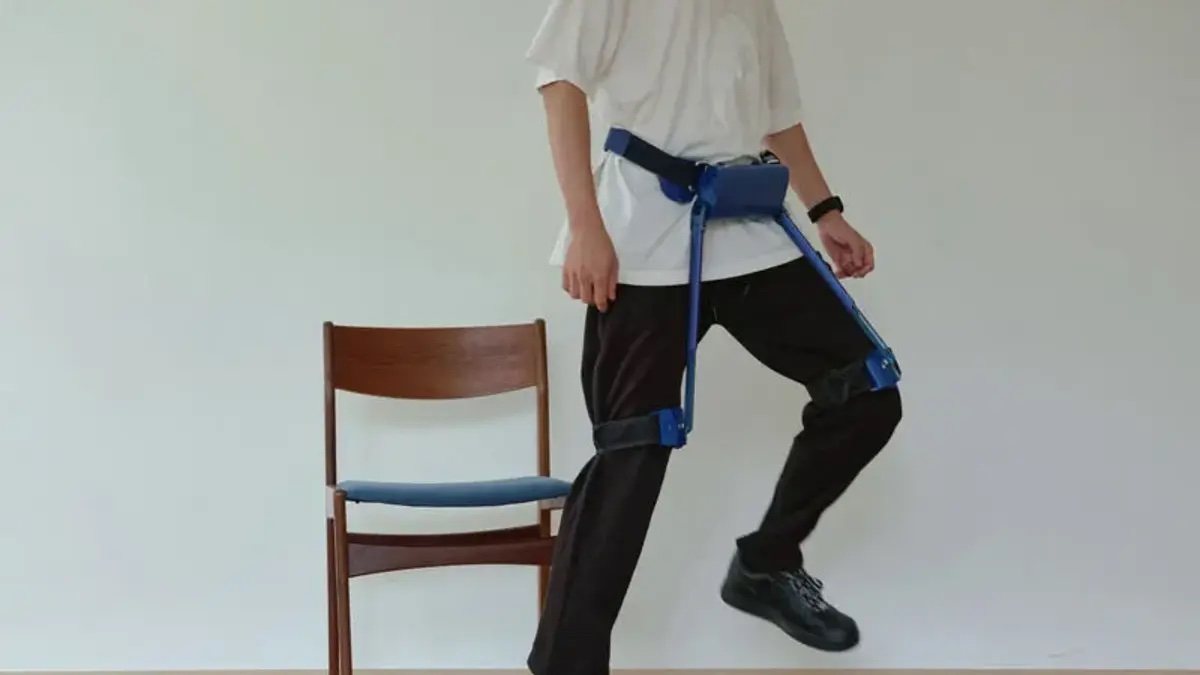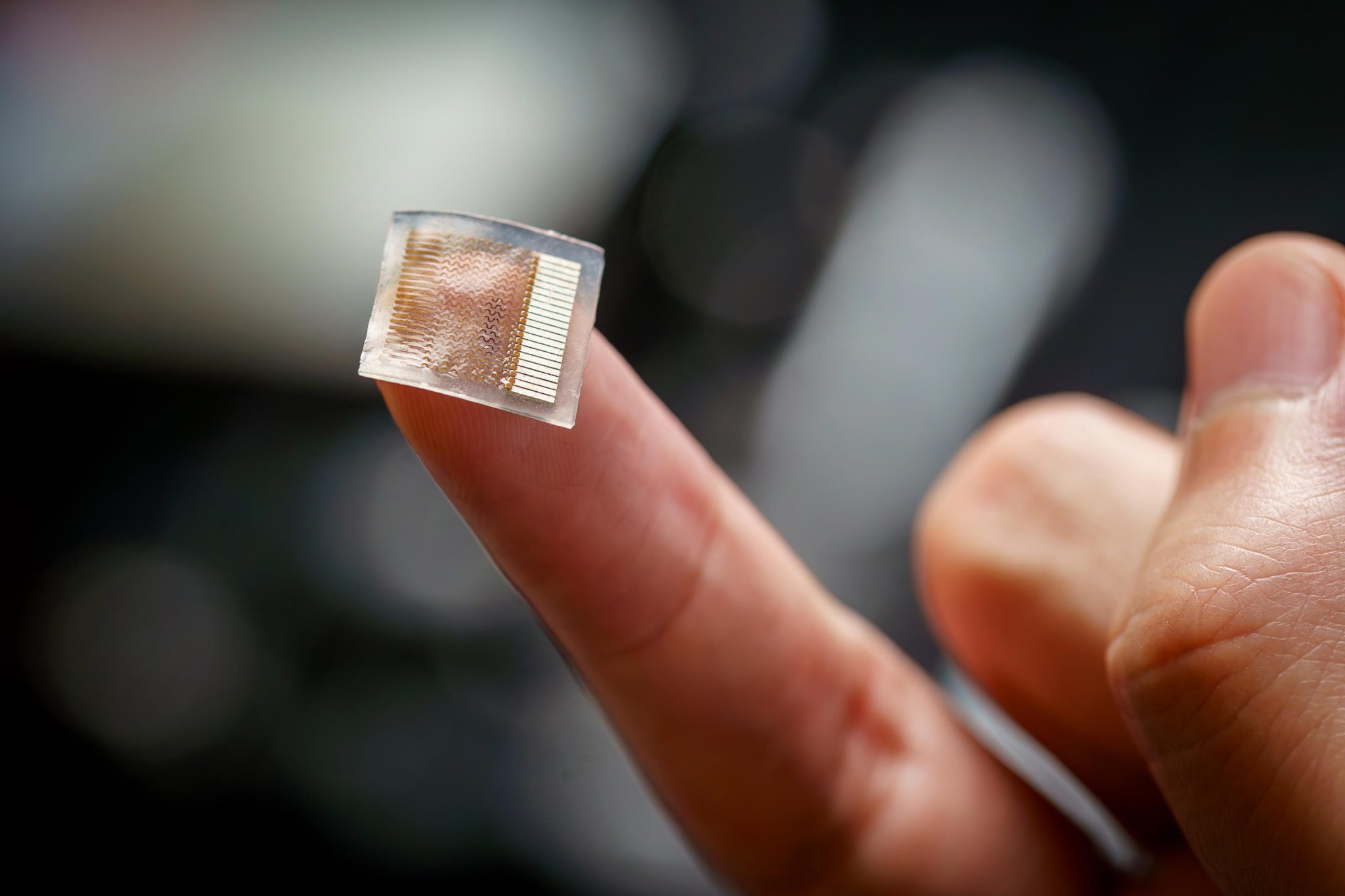Engineers at The University of Texas at Austin have developed a groundbreaking wearable device designed to monitor hydration levels continuously and noninvasively. As extreme heat becomes increasingly common, especially in regions like Texas, the device offers a promising solution to the ongoing challenge of managing dehydration in real time.
The newly developed sensor uses bioimpedance technology, which involves sending a low, safe electrical current through the skin to measure how easily the current travels through body tissues. Since water is a good conductor, the ease or resistance of the current provides insight into hydration status. The sensor is worn on the upper arm and wirelessly transmits data to a smartphone, allowing users to track their hydration levels throughout the day.
Continue reading… “UT Austin Engineers Develop Wearable Sensor for Real-Time Hydration Monitoring”












